Analyzing and breaking down project specifications is essential to creating a clear roadmap and setting the stage for successful project execution. This section details the processes involved in dissecting project requirements to ensure that all aspects are understood and addressed comprehensively.

Page contents
ToggleProject specifications and requirements gathering
The first step in requirements analysis is collection, which involves collecting requirements from all stakeholders. This process includes not only collecting what is explicitly expressed but also uncovering implicit and latent needs that stakeholders might not initially communicate. Techniques used in this phase include:
- Interviews : Conducting individual or group interviews with stakeholders to gather in-depth information.
- Surveys and Questionnaires : Distribution of structured forms to efficiently collect input from a large group of people.
- Observation : Observation of end users in their environment to identify unarticulated needs and workflows that may impact project requirements.
- Document Analysis : Review of existing documentation and systems to identify requirements based on current operations and legacy systems.
Goals definition
Goal setting is the process of determining clear, measurable goals for the project to achieve. This ensures that all project activities are aligned towards these ends:
SMART criteria : Objectives must be Specific, Measurable, Achievable, Relevant and Timely defined. This criterion helps establish realistic and achievable goals while providing a clear timeline for completion.
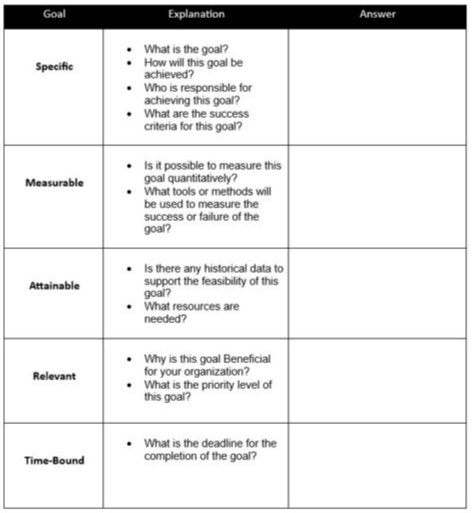
Alignment with Business Objectives : Objectives should directly support broader business or organizational objectives, ensuring that the project contributes to overall strategic goals.
Stakeholder Involvement : Involve stakeholders in goal setting to ensure all expectations are managed and goals are universally accepted.
Development of Technical Specifications
The technical specifications detail the necessary technical requirements that the project must meet. These specifications are crucial to guide the design and implementation phases and ensure compatibility and performance:
- Performance Criteria : Establishment of performance criteria that results of the project must achieve, including the requirements of speed, efficiency, capacity and sustainability.
- Compliance Standards : Identification of relevant industry and legal standards that the project must meet, such as safety regulations, environmental standards and data protection laws.
- Hardware and Software Requirements : Specification of technical infrastructure needs, including hardware configurations, software platforms and network requirements.
By meticulously defining project objectives and technical specifications, the project is positioned to progress efficiently, with reduced risk of misalignment or project failure due to technical deficiencies. This groundwork promotes a clear understanding among all project contributors and stakeholders, ensuring that everyone is aligned toward the same goals and understands the technical pathways to achieve them. The requirement can be assessed in the risk analysis and MoSCoW diagram.
Requirements Analysis
After collecting the requirements, the next step is to analyze them to understand their implications for the project. That implies :
Modelization : Using various types of models, such as business process models or data flow diagrams, to visually represent requirements. This helps in understanding the flow of information and the processes involved.
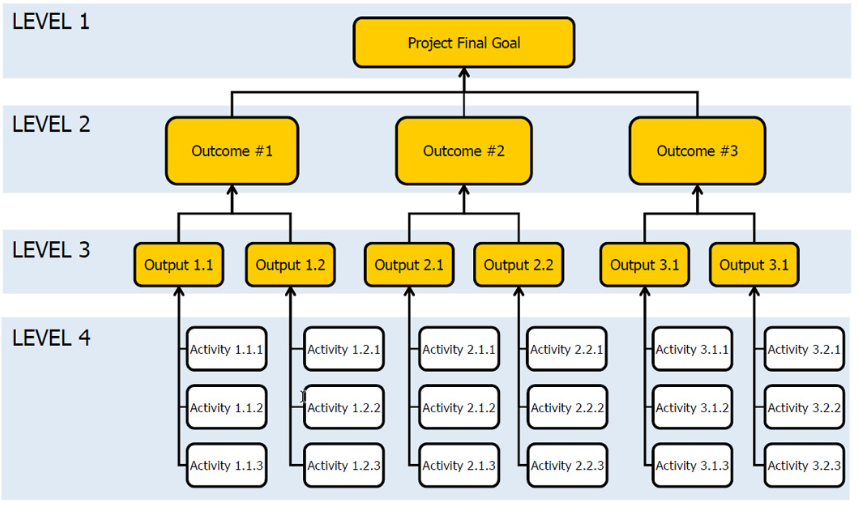
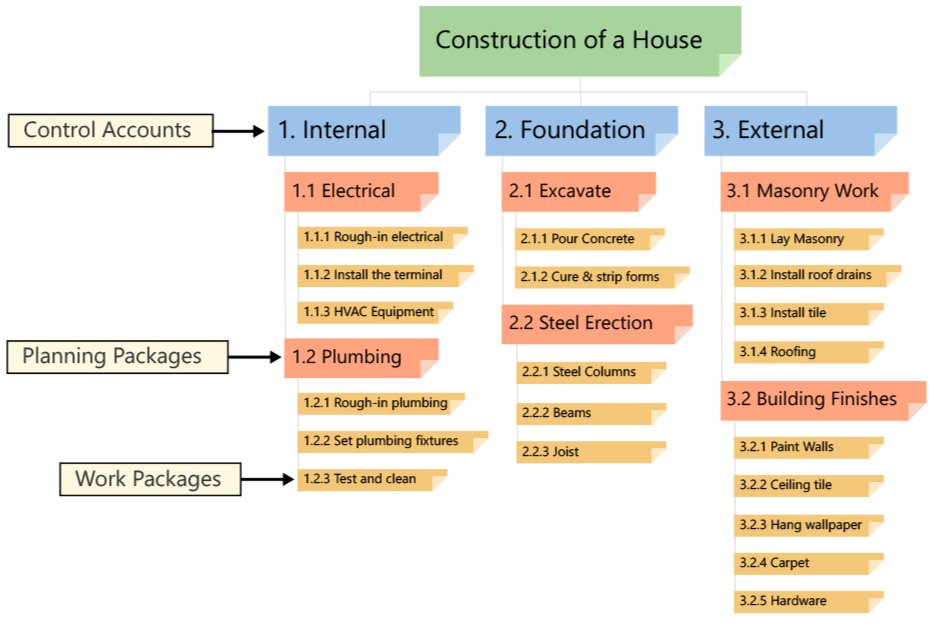
Feasibility study : Assessment of the practicality of requirements in terms of available resources, technology and time constraints.
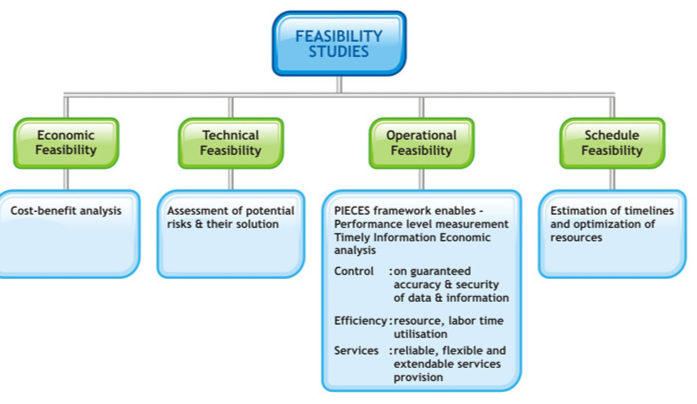
Risk analysis : Identification of potential risks associated with the requirements and determination of their possible impacts on project deadlines.
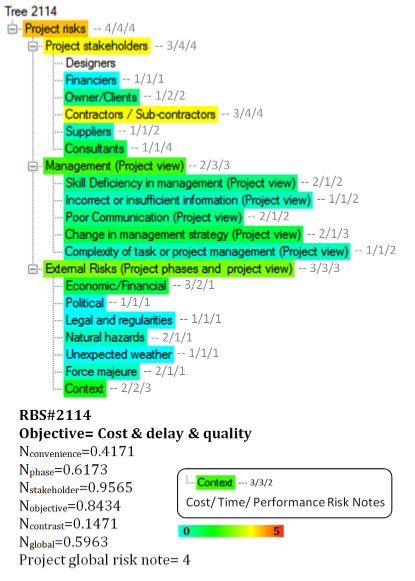
Prioritization and Categorization
Not all requirements are equally important, and some may be conflicting or beyond the scope of the project. Prioritization and categorization help manage these aspects effectively:
Method MoSCoW : Categorization of requirements into Must have, Should have, Could have, and Won't have (at least for now) to prioritize based on project objectives and value to stakeholders.
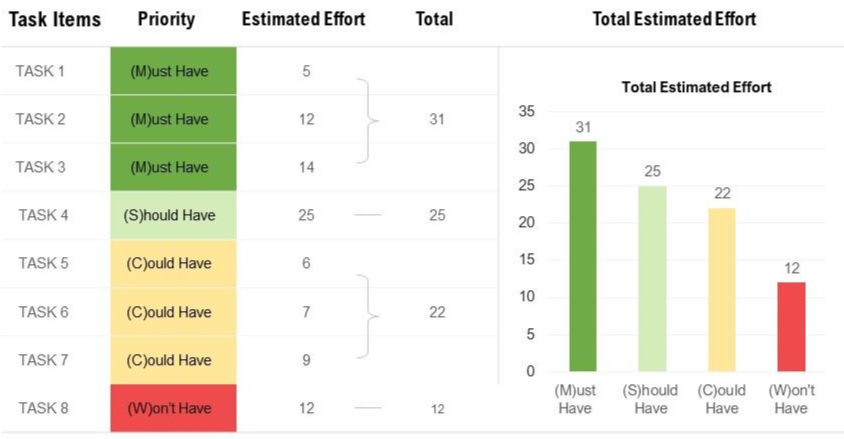
Dependency Analysis : Identifying dependencies between requirements to determine the implementation sequence.
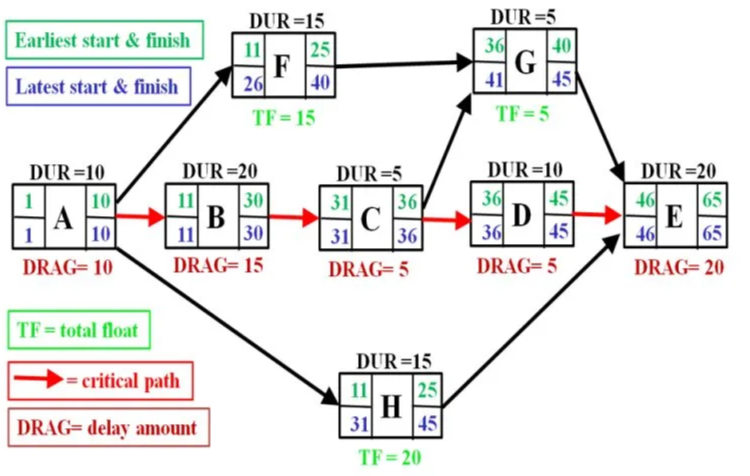
Each of these techniques plays a crucial role in ensuring that project requirements are clearly understood, agreed to by all stakeholders, and communicated effectively across the project team. This in-depth analysis helps prevent scope expansion and ensures the project stays on track to achieve its defined goals.